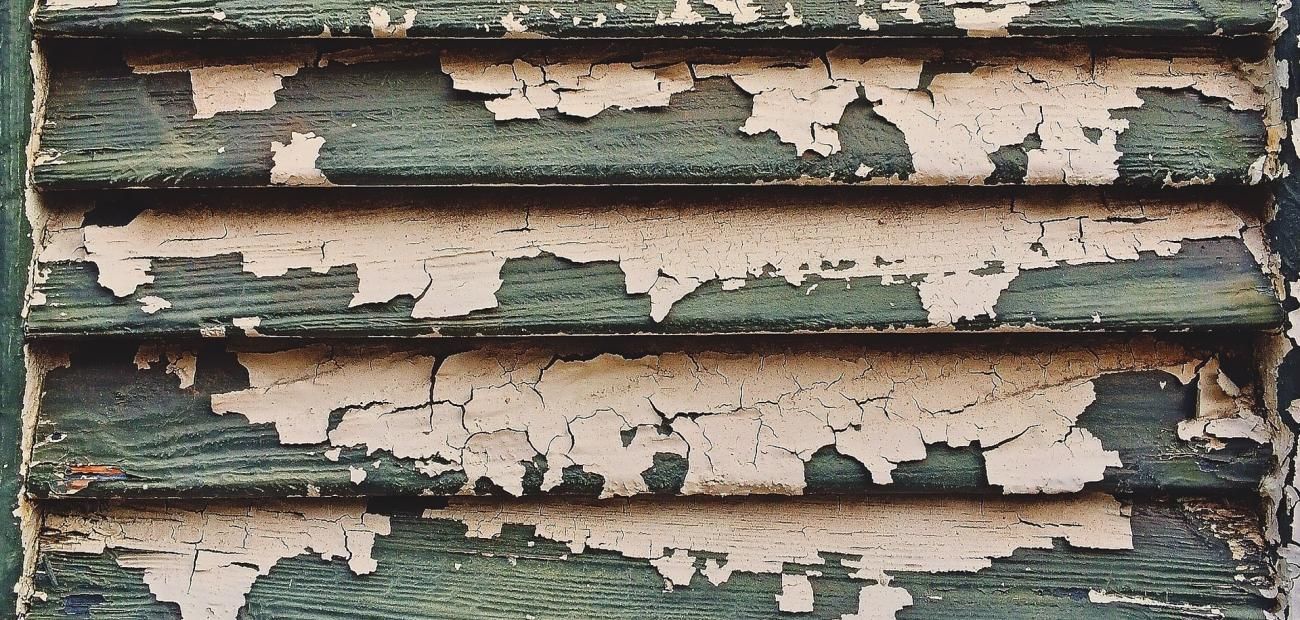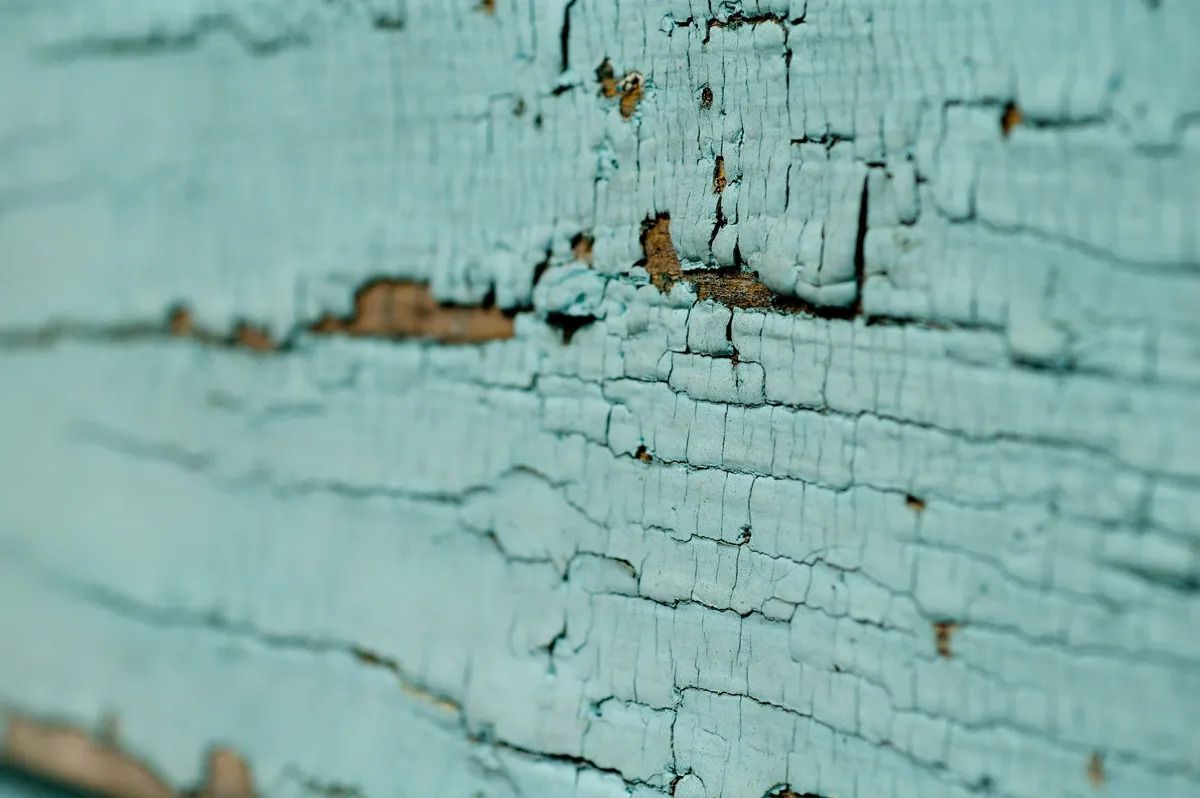Lead-Based Paint Renovation Licensed
Oregon enforces federal regulations for contractors working on housing or child-occupied facilities built before 1978.
Under these requirements, only contractors who are licensed for Lead-Based Paint Renovation can bid or work on pre-1978 homes.
The goal: Use lead-safe work practices and reduce the risk of lead poisoning.


Homes and child-occupied buildings such as daycare centers, preschools and kindergarten rooms constructed before 1978 are presumed to have lead paint unless testing shows otherwise.
We are Lead-Based Paint Renovation Licensed.
Renovation means modifying any structure or part of a structure that disturbs more than:
Six square feet of painted surface per room for interior work.
20 square feet of painted surface for exterior work.
This includes projects involving flooring, windows, gutters, siding, and painting. Window replacement is considered renovation.
At Preston's Painting, we are have completed the necessary Renovation, Repair and Painting (RRP) required to do these kinds of projects. Give us a call today for more information or to schedule an in-person, on-site quote.

Homes and child-occupied buildings such as daycare centers, preschools and kindergarten rooms constructed before 1978 are presumed to have lead paint unless testing shows otherwise.
We are Lead-Based Paint Renovation Licensed.
Renovation means modifying any structure or part of a structure that disturbs more than:
Six square feet of painted surface per room for interior work.
20 square feet of painted surface for exterior work.
This includes projects involving flooring, windows, gutters, siding, and painting. Window replacement is considered renovation.
At Preston's Painting, we are have completed the necessary Renovation, Repair and Painting (RRP) required to do these kinds of projects.
Give us a call today to schedule an in-person, on-site quote.

Testing for & Removing Lead Paint
Was your house or apartment built before 1978? If it was, there may be lead-based paint on the inside and out. That could pose a serious risk of lead poisoning, especially if you’re pregnant or have small children.
Should you be concerned about lead paint in your home? Here are some quick tips that can help you decide whether you need to test your home for lead -- with suggestions on what to do if you find it.
-
What’s the Problem With Lead-Based Paint?
Lead is a toxic metal that can cause serious health problems if it's ingested or if dust containing lead is inhaled. Up until 1978, when federal regulations restricted the use of lead in household paint, lead was a common component in exterior and interior paints.
As long as lead paint is in good condition, and the surface hasn't been broken, the paint doesn't pose a serious health threat. The problem comes when the lead paint starts deteriorating, when lead dust and flakes of lead paint begin accumulating on surfaces such as window sills, counter tops, and floors, as well as on children's toys, clothes, and bedding. It can also contaminate soil around the house. Small children, who have a tendency to put their hands and other objects in their mouth, are at an increased risk of accumulating harmful amounts of lead in their bodies.
-
Is Lead Poisoning Only a Problem for Small Children?
Young children have a tendency to put things that can have lead dust on them into their mouths. And the younger they are, the greater the chance a child may put chips of peeling paint, lead dust, or lead-contaminated soil in their mouth. Consequently, young children are much more likely to consume large amounts of lead than older kids or adults, whose main risk comes from breathing lead dust.
-
What Are the Health Effects of Lead Exposure?
In children, high levels of lead can cause:
- Damage to the brain and nervous system
- Kidney damage
- Behavior and learning problems, such as hyperactivity
- Slowed growth
- Nerve damage
- Hearing problems
- Headaches
- Bone marrow problems
- Even children who appear to be healthy may experience some of these health problems because of lead poisoning.
In adults, lead exposure can cause:
- Anemia
- Fertility problems in both men and women
- Hearing and vision loss
- High blood pressure
- Kidney damage
- Nerve disorders
- Memory and concentration problems
- Muscle and joint pain
-
How Can I Tell If I Have Lead Paint in My House?
Not all houses built before 1978 have lead-based paint, but the older your house is, the greater the likelihood is that it contains lead paint somewhere inside or out.
Yet, even if it does, if the paint is in good condition -- there's no chipping or peeling and no sign that the surface has been broken -- the paint is not a health hazard. But if you're planning a renovation, you'll want to know if your paint contains lead so you can take precautions to avoid exposure.
You'll also want to determine if there is lead-based paint in your house if you intend to sell or rent it. As the seller or landlord, you have a legal obligation to provide potential buyers or renters any information you have about the lead-based paint or lead-based paint hazards in your home.
The only way you'll be able to know whether there is lead paint in your home is with an inspection.
We are Lead-Based Paint Certified - Give us a call today!
BROWSE OUR WEBSITE
Contact Information
Phone: (541) 246-4356
Email: davidz@prestonspainting.com
BUSINESS HOURS
- Mon - Sat
- -
- Sunday
- Closed
After hours by appointment
Licensed | Bonded | Insured
CCB# 244032






BROWSE OUR WEBSITE
Contact Information
Phone: (541) 246-4356
Email: davidz@prestonspainting.com
BUSINESS HOURS
- Mon - Sat
- -
- Sunday
- Closed
After hours by appointment
Licensed | Bonded | Insured
CCB# 244032



